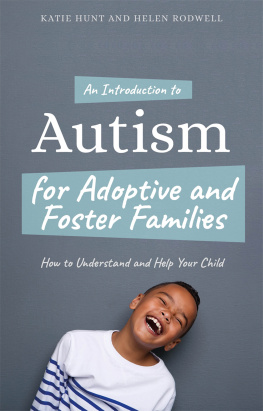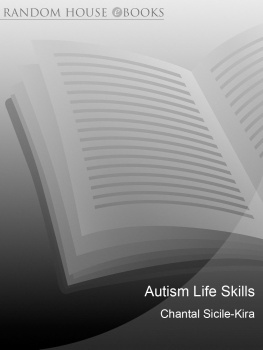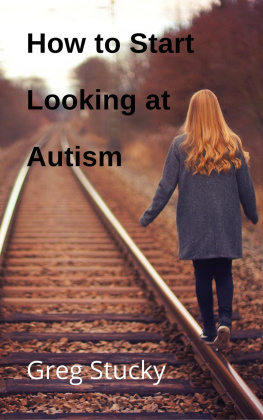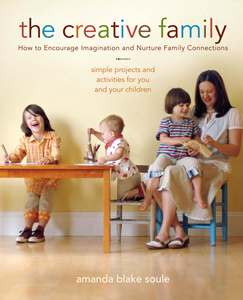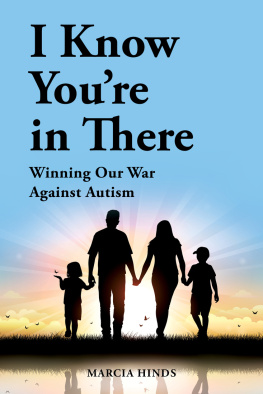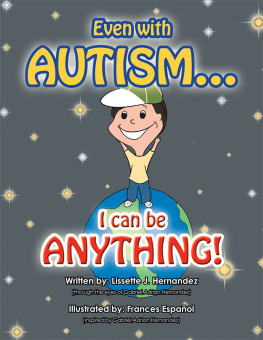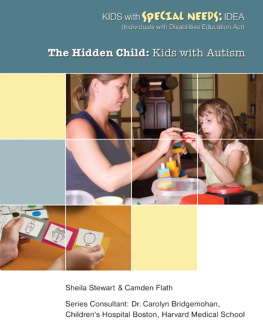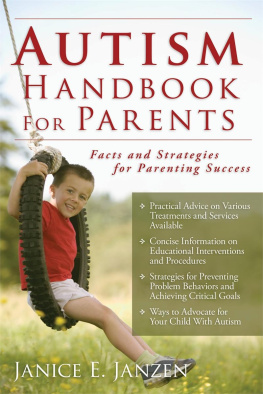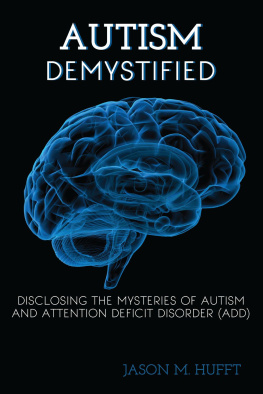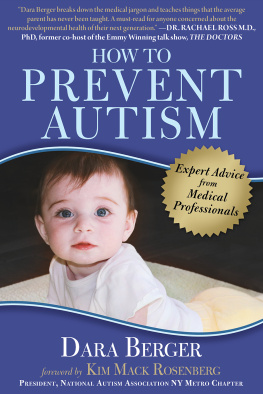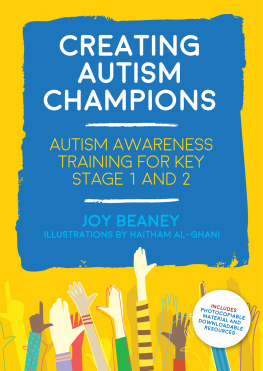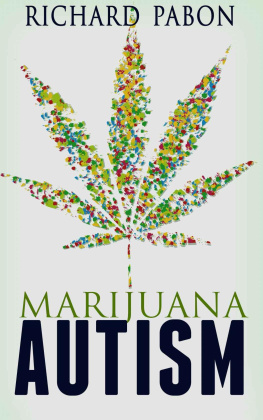
An Introduction to
Autism for Adoptive
and Foster Families
How to Understand and Help Your Child
KATIE HUNT AND HELEN RODWELL
Foreword by Daniel Hughes

Jessica Kingsley Publishers
London and Philadelphia
Contents
List of figures
Foreword
This is such an important and comprehensive book by Katie Hunt and Helen Rodwell! It is written with a conversational tone that is easy to read and understand, while still providing a great deal of important knowledge that is clearly presented. This would be an excellent resource for both foster and adoptive families and families with an autistic child. It is truly a superlative book for understanding and caring for a child with autism who also is adopted or in foster care.
This book covers too much to mention here, but it must be said that the core principles of care and related interventions, as well as the tricky situations that need to be addressed, are covered in a sound and thorough manner. Along the way, the authors present an insightful description of the severe challenges and many diverse transitions that these children encounter along with interventions that help them to face them. There is an excellent presentation of attachment, trauma and loss, something certainly considered in understanding and helping foster and adopted children, but too often overlooked in considering the special challenges in addressing these themes that are faced by children with autism. Hunt and Rodwells work is more than an Introduction to Autism. It is a wonderful guide to understanding and helping these children, written in a manner that will be of great value to professionals, carers, and parents alike.
Daniel Hughes, Ph.D.
Founder of Dyadic Developmental
Psychotherapy and President of DDPI
South Portland, Maine, USA
Preface
Being a parent to any child can be a mix of joy and challenges. Being a parent to a fostered or adopted child can add extra challenges because your child has usually had a difficult start to life. Your child has undoubtedly experienced some form of loss, trauma or neglect, which add many extra things for you to understand so that you can help her to recover and settle in your family. Adding autism into the mix can add further questions, concerns and complexities.
You are probably reading this book because you are parenting a child with autism or perhaps are about to. Or, you may be parenting a child who you, or others, suspect may have autism. We hope that this book provides you with accessible and practical information about autism to help you as a parent.
We have organised this book into two main parts. The first part tells you about autism what it is and how it is diagnosed. We touch upon the different professionals who may be involved with your child. We look at what can be generally helpful when parenting your child. The second part focuses on some of the extra things that come along when your child is fostered or adopted. We explore placement transitions, contact, attachments and how to help your child with her life story and experiences of loss and trauma. We include a brief chapter on looking after yourself, which, although it comes late in the book, is an essential foundation for parenting.
We are mindful that when writing about autism it can be easy to make sweeping generalisations that would not fit all children. No two children are the same, and this is certainly the case for autism. Each child is unique. We are also mindful that many assumptions are made about children with autism, for example that their lives are full of problems and challenges. Children with autism, like all children, have many wonderful attributes and strengths. As you read this book, we want to encourage you to reflect upon your own child, her individuality, particular qualities and strengths, as well as her challenges. We particularly want to encourage you to use the information in this book to get to know your child and her autism. Take what is useful for your child rather than following any of the ideas too rigidly. You, as her parent, are usually the best person to know her and what she needs from you as a parent.
Notes on terminology
Throughout the book we use the word parent to describe birth parents, kinship carers, foster carers and adoptive parents who provide an everyday parenting role for the child they are caring for.
We have alternated between male and female throughout the book in order to avoid clumsiness. We use the word child and children to include all children aged from 0 to 18.
We want to acknowledge that the ways people can interact, communicate and parent can vary within and between cultures. We are all influenced by our own culture, so we invite you to adapt the ideas to suit your child and your culture.
Chapter 1
What is Autism?
Introduction
In this chapter, were going to give you an overview of autism, looking at some of the things that can be different for children with autism, how they see the world and some of the situations where there can be difficulties. We hope that by the end of this book, youll have a good sense of what these might be and how to manage some of them.
All children are different, and what works for one child will not work for another; children with autism are no different in this respect. When we add being fostered or adopted into the mix then each child and their family becomes even more unique. This means that there are not always clear right and wrong answers about what to do, but we hope that you will go away from reading this book with some different ways of thinking about how to help your child.
Every child with autism and their family is unique, so there are no right and wrong answers.
There are a few important points that we want to get across before we start.
We want you to have a good understanding that autism is part of something that we call social communication difficulties .
Children with autism do not necessarily have lots of difficulties they may or may not have difficulties and very often the problems that autistic children have are created for them by things in the outside world.
Not all children who could get a diagnosis of autism will actually have one. There are lots of reasons for this, and well talk about them in this and the next chapter.
Some professionals will say that if a child does not have a diagnosis of autism then it means that they do not have social communication difficulties, but this is not true. We hope that anyone with a child who is struggling with social communication will find this book helpful.
You dont need your child to have a diagnosis of autism to find the issues and approaches in this book helpful. This book is for parents of a child with any kind of social communication difficulty.
What do we mean when we say autism?
If youre reading this book then youve probably already heard of autism. Weve already said that autism is a difficulty with social communication. Some (but not all) people think there may be a genetic component to it, although we dont have a good understanding of how any genetic element works. We do know that several people within a family might have autism, but we also know that in other families there is only one person who has autism.
Autism reflects difficulties with social communication.
Autism is a spectrum disorder. Well talk more about this later on, but it means that a child who has autism can have it to a greater or lesser degree. Weve found that when people talk about the spectrum then it also invites the word disorder to be used, but we dont feel that anyone with autism should have to be seen as disordered.
Next page
